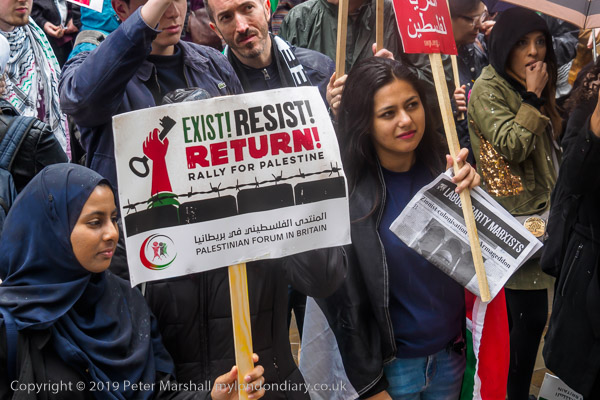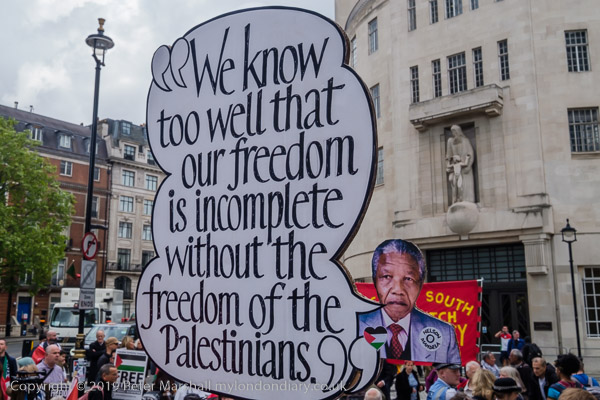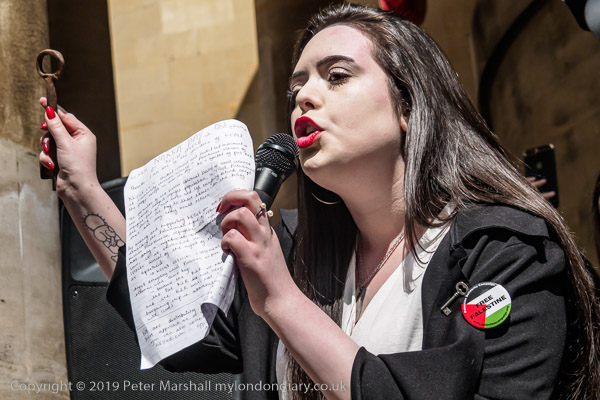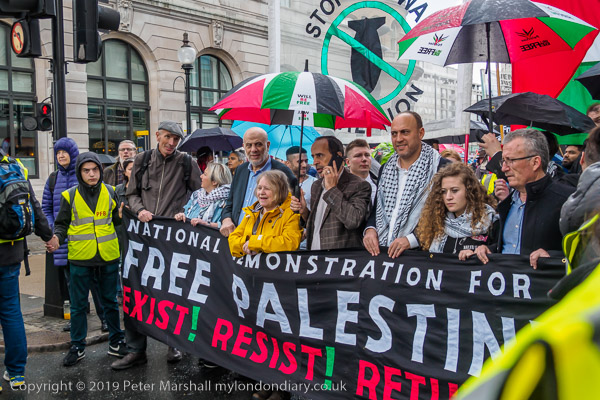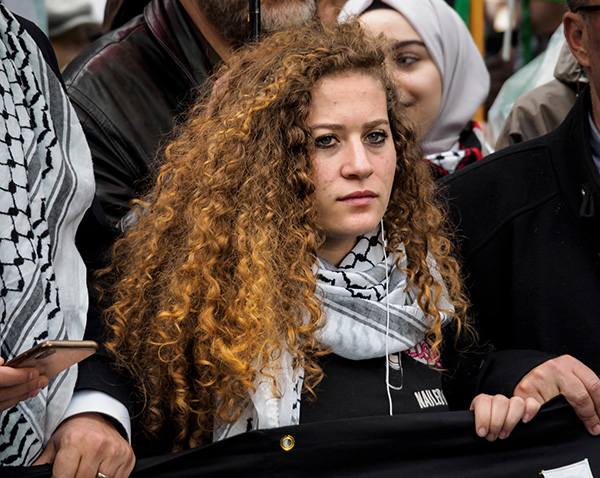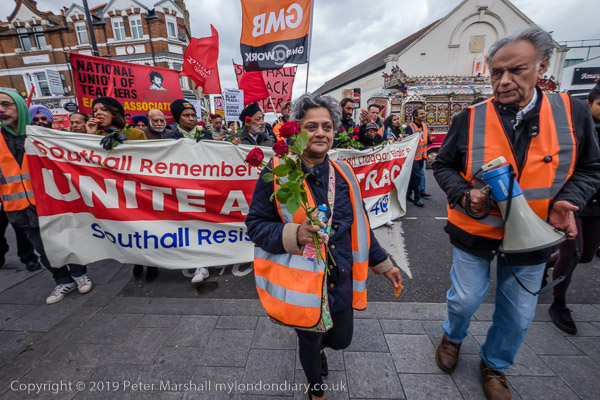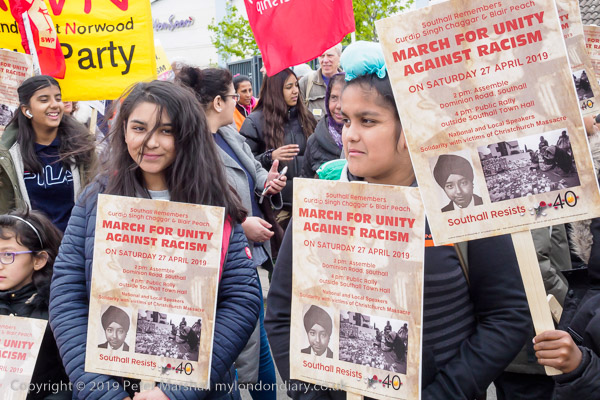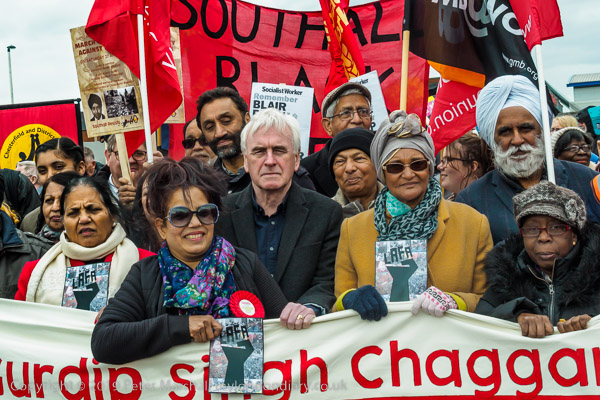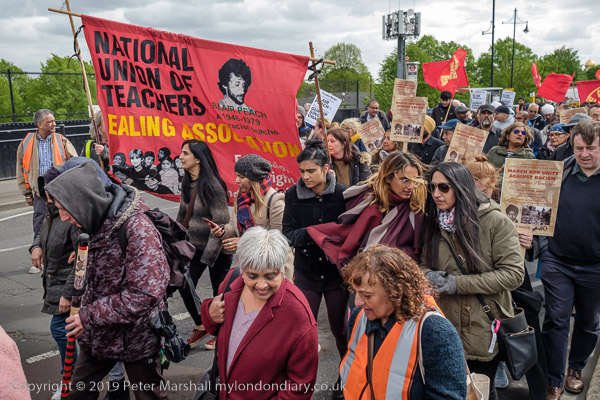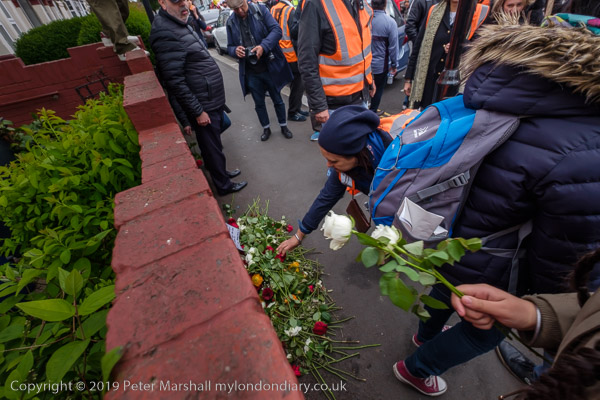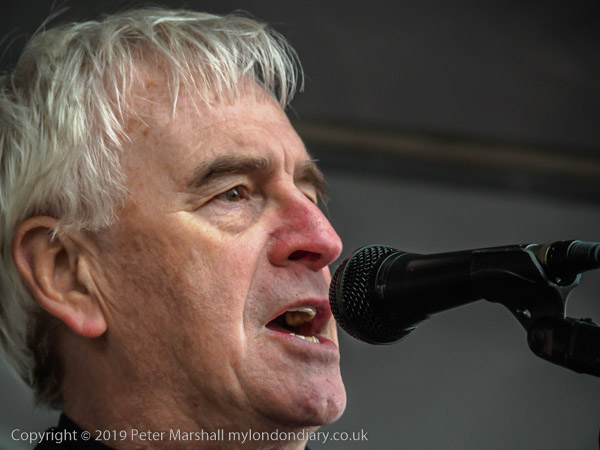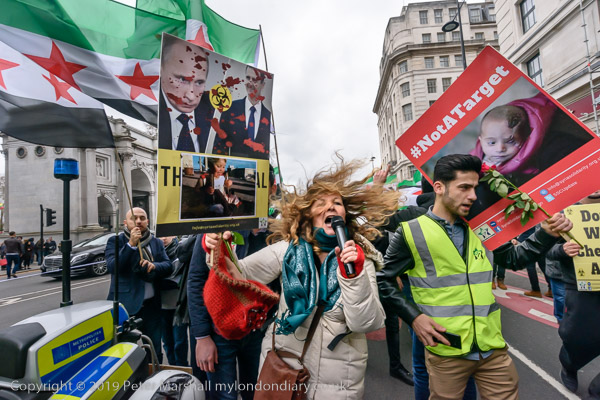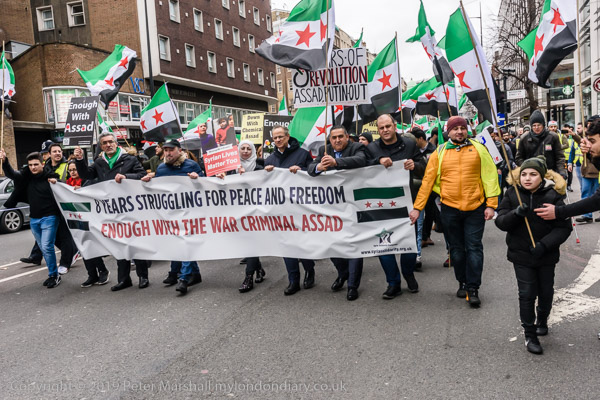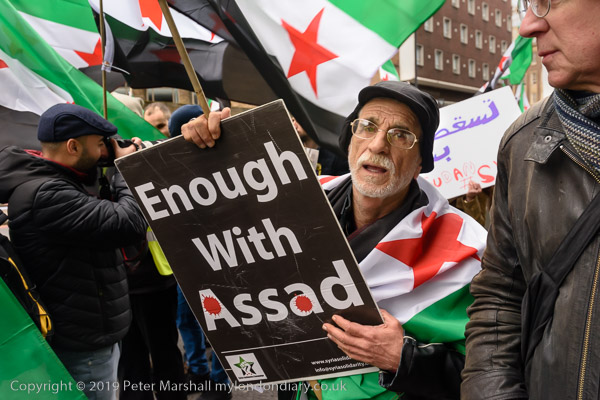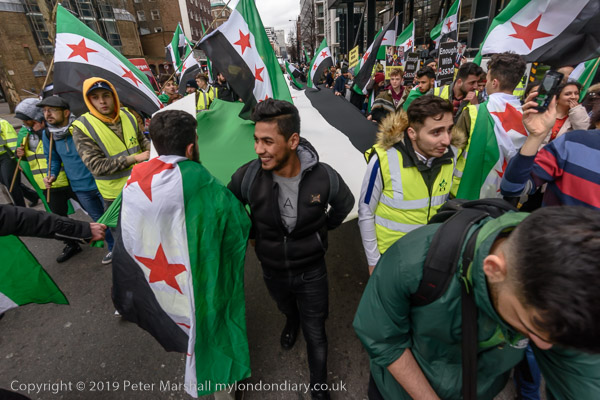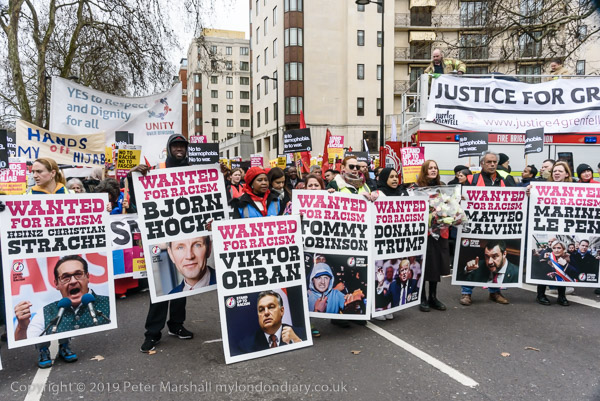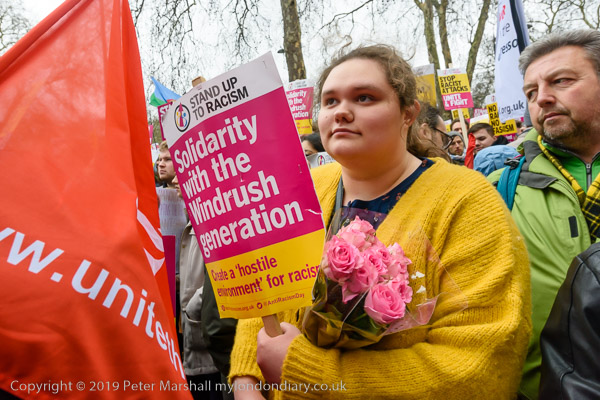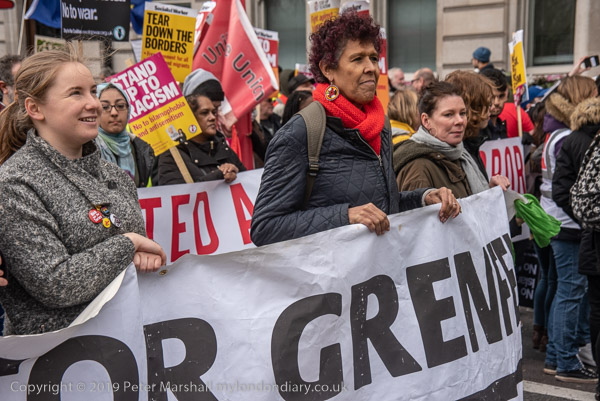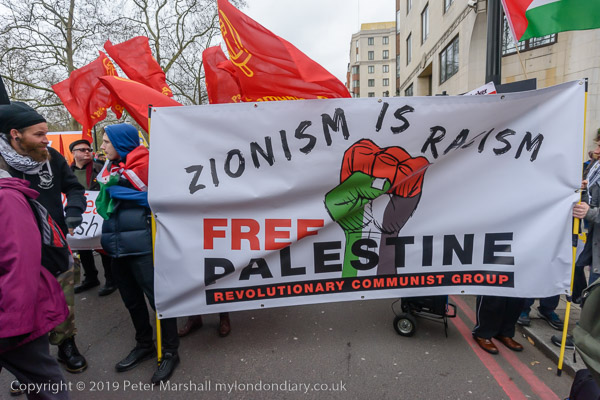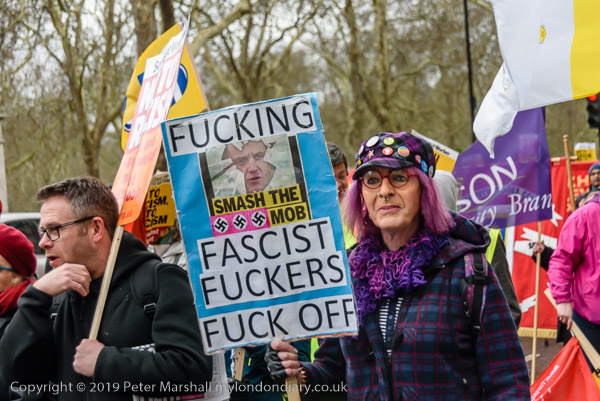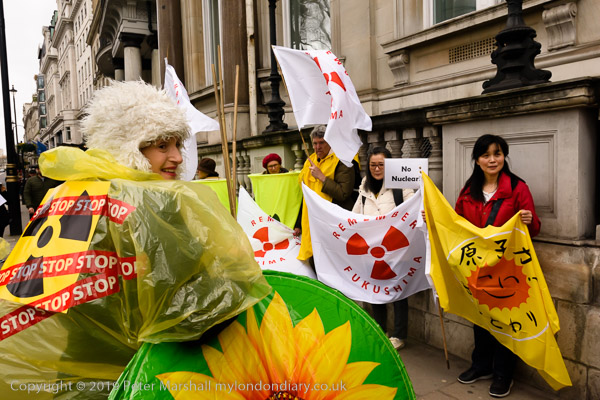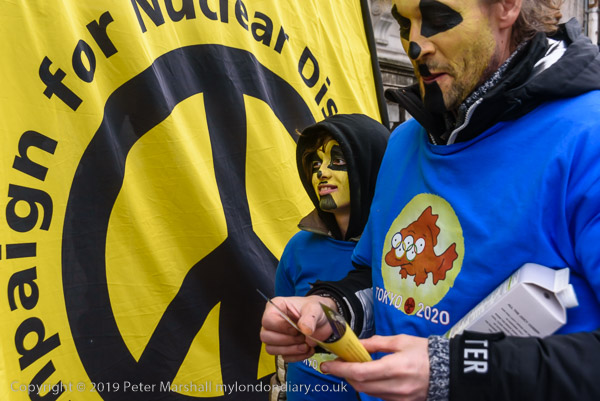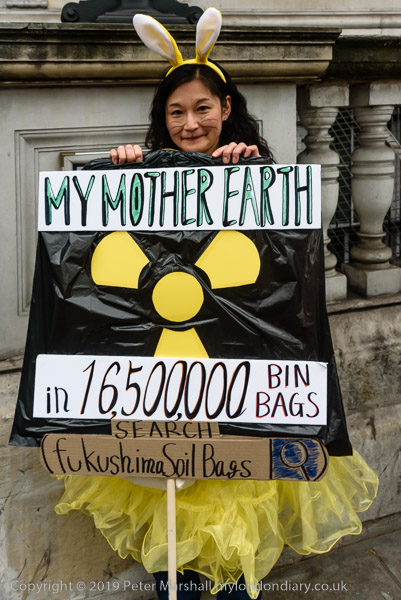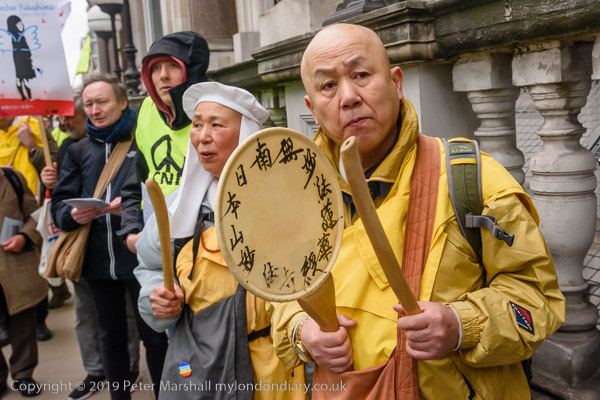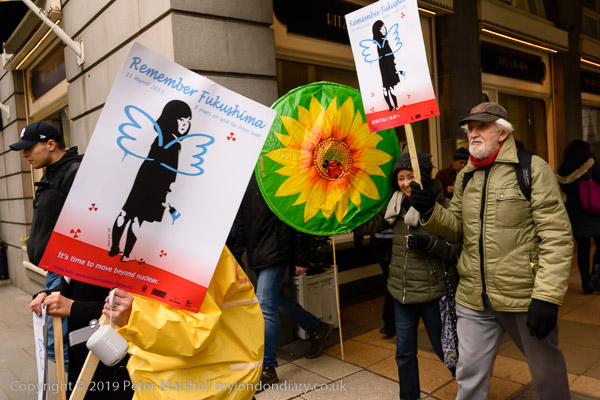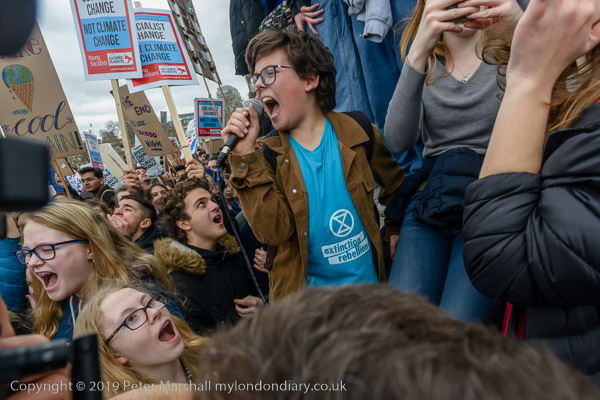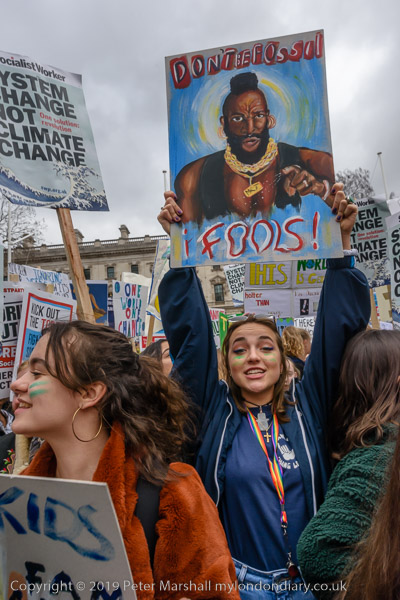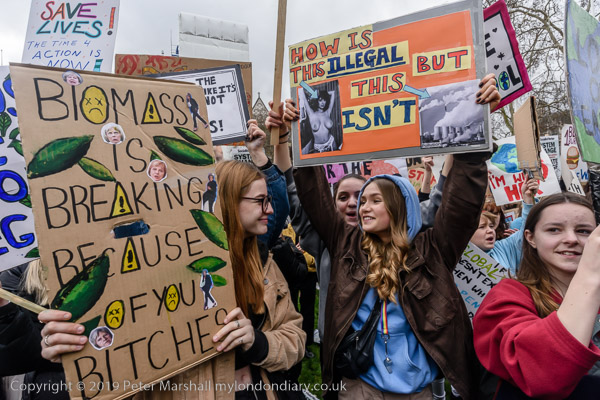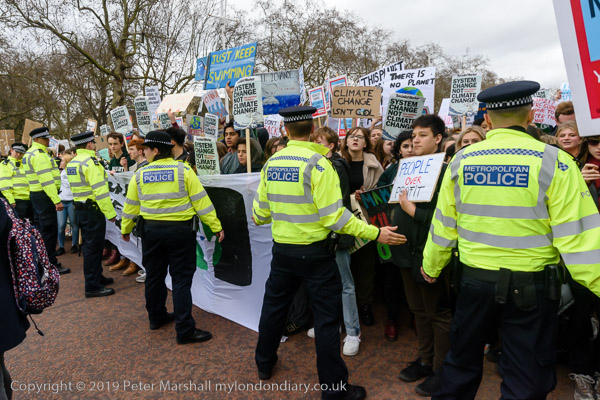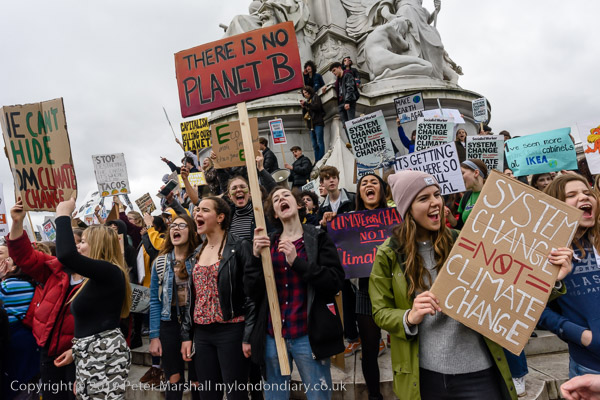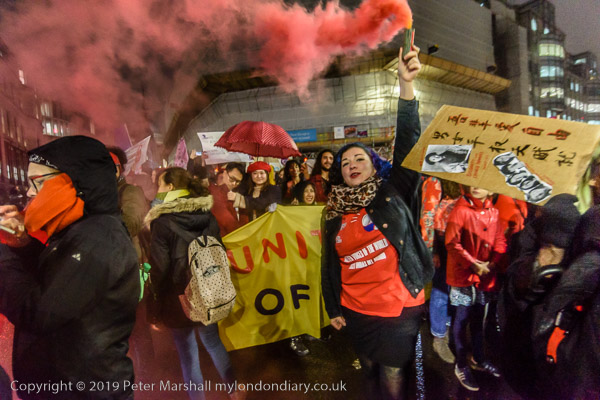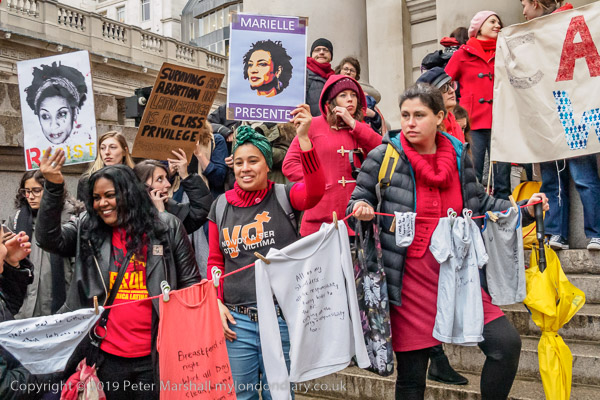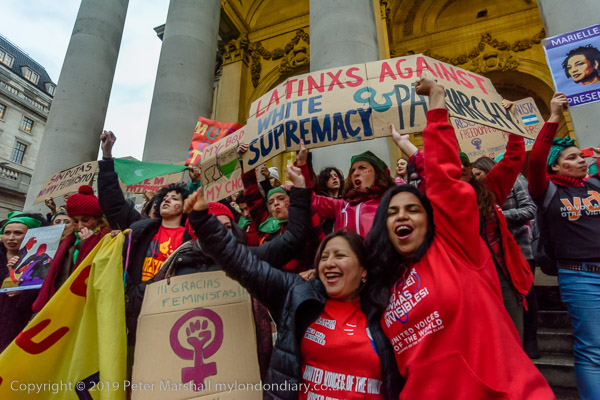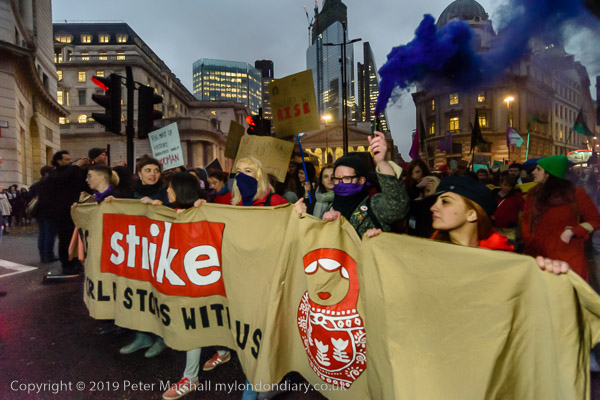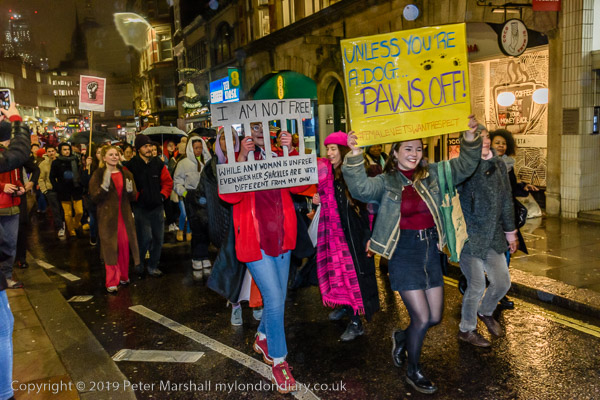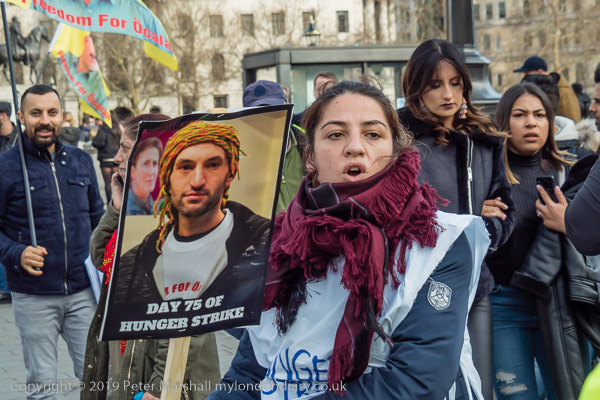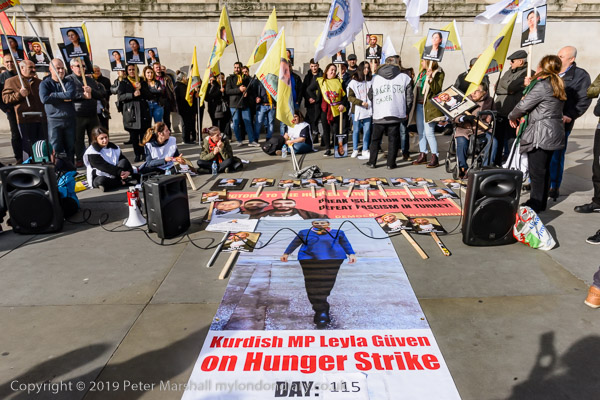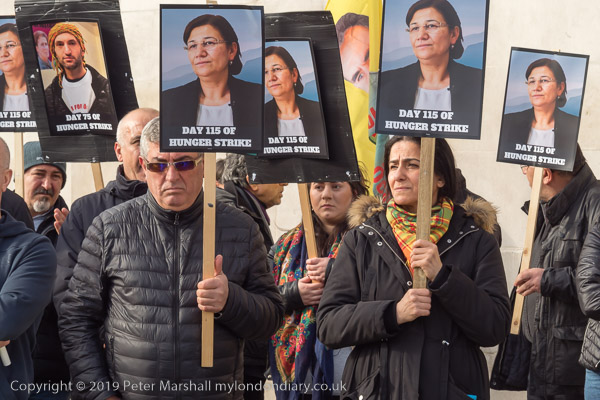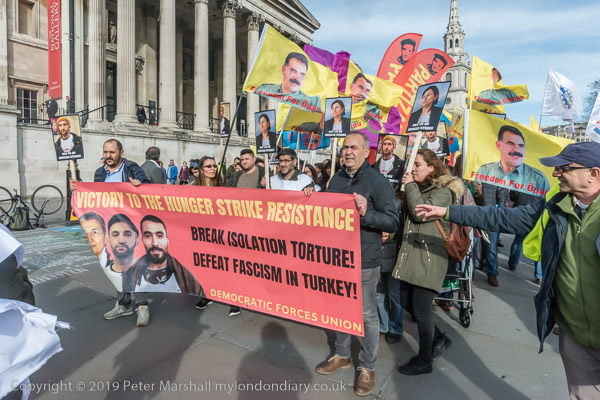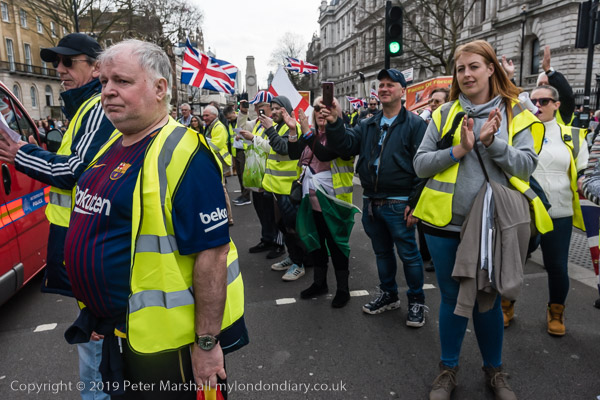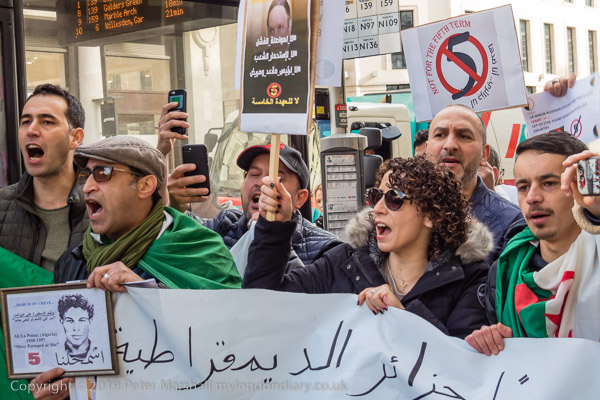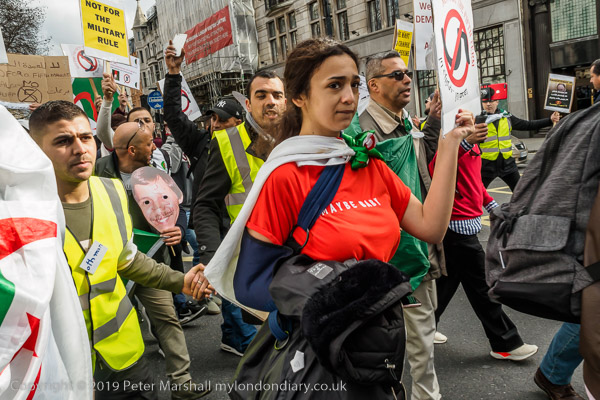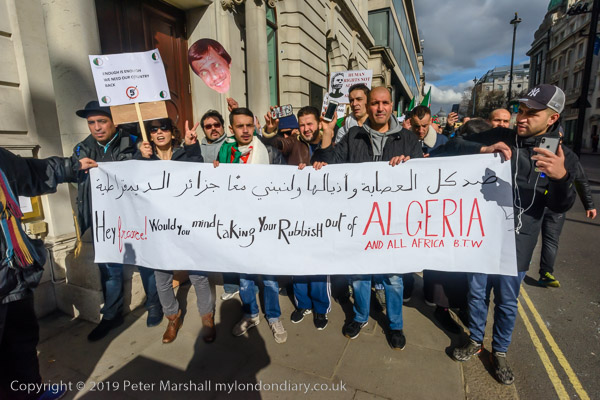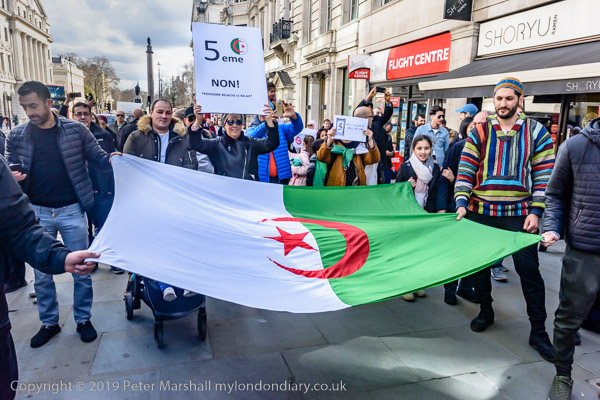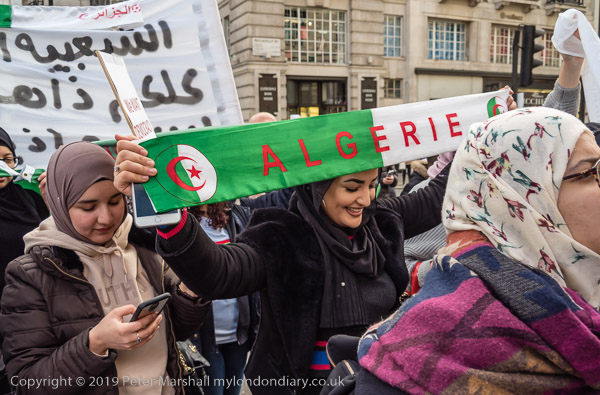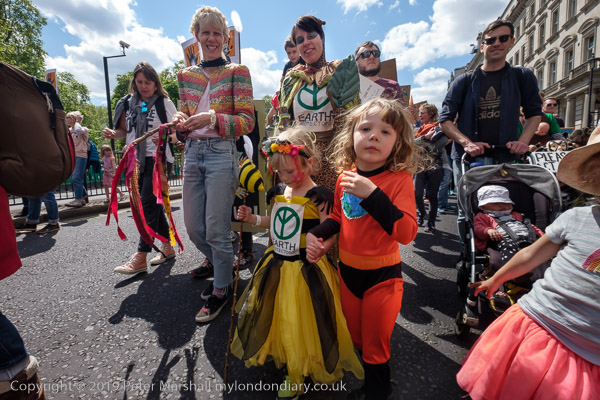
Apparently according to Mothers Rise Up, 95 countries celebrate Mothers’ Day on 12 May, (although in the UK we traditionally celebrate our mothers on Mothering Sunday in March, on the 4th Sunday in Lent, a rather more low key event.)
Or rather people celebrate Mother’s Day, as Anna Jarvis trademarked the event in 1912 saying it should “be a singular possessive, for each family to honor its own mother, not a plural possessive commemorating all mothers in the world.”
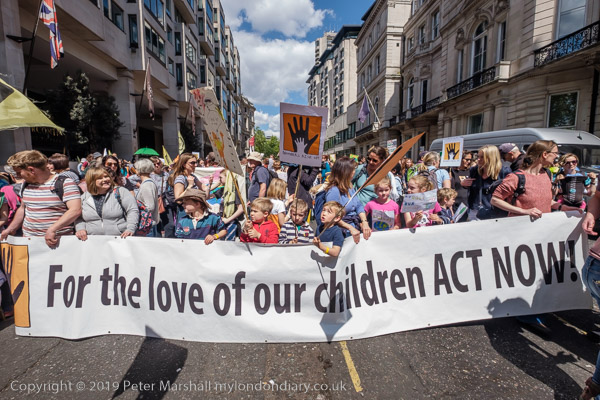
Jarvis had begun campaigning for a day to honour mothers after the death of her own mother in 1905. Ann Maria Reeves Jarvis (1832 1905) had been a community activist and had established Mother’s Day Work Clubs in several West Virginia towns to assist and educate people to improve sanitation and reduce infant mortality and disease. During the US Civil War she had controversially insisted these clubs provide food, clothing and nursing to soldiers in need on both sides.
Mother’s Day in the USA rapidly developed, much against Anna Jarvis’s wishes into a commercial jamboree; she organised boycotts against sending mass-produced cards and gifts, urging people instead to mark the day and honour their mothers by writing them letters expressing their love and gratitude.
According to Wikipedia, Jarvis protested against the commercialisation of the event at a “candy makers’ convention” in Philadelphia in 1923, and at a meeting of the American War Mothers in 1925. The War Mothers were selling white carnations for Mother’s Day to raise funds, and this so enraged Jarvis that she protested and “was pulled away screaming and arrested for disturbing the peace.”
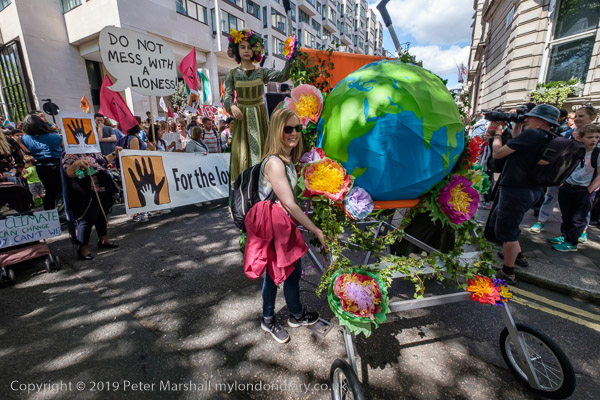
So it was very appropriate that Mothers Rise Up had chosen Mother’s Day to protest and “stand in solidarity with the #youthclimatestrikes” emphasising the urgent action needed to avoid disastrous climate breakdown, with scientists telling us we have only a few years to act. Perhaps as long as 11 years to take really decisive measures, although it may already be to late to prevent global human extinction. Already as they pointed out, people in parts of the Global South “are already suffering and dying as a result of climate chaos.”
Their call out for the protest began:
We will come together and rise as a maternal force to be reckoned with. With pushchairs and song, we will march from Hyde Park Corner to Parliament Square and demand that our government take immediate, drastic action for a just transition to a sustainable way of life.
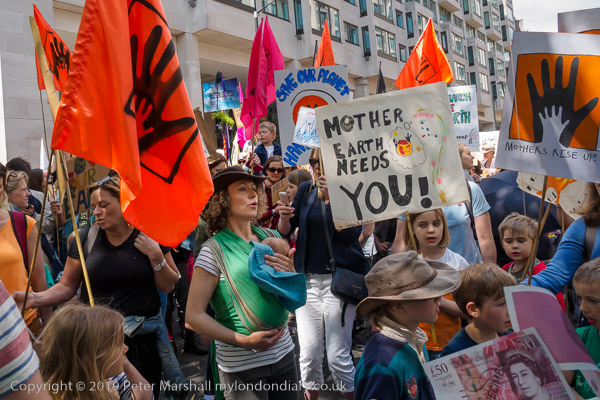
I hope my pictures capture something of this “maternal force”, though the giant pushchairs did present something of a problem photographically. For once I walked with the protest the whole distance to Parliament Square (stopping off briefly to photograph another protest at Downing St) and stayed for a part of the rally.
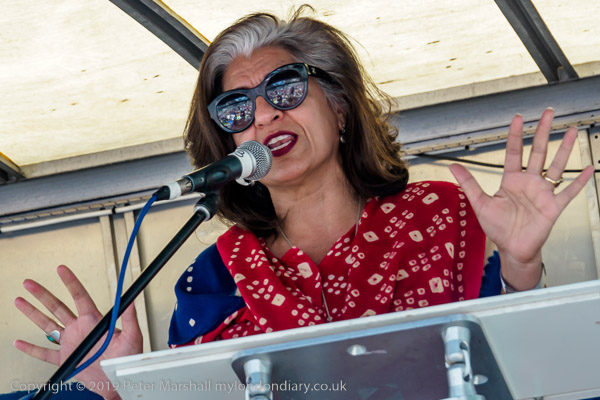
One of the speakers there was the leading international climate lawyer and diplomat Farhana Yamin; I had arrived too late a few weeks earlier to photograph her arrest when protesting with Extinction Rebellion at Shell’s London HQ in April.
More pictures from the march: XR International Mothers’ Day March
